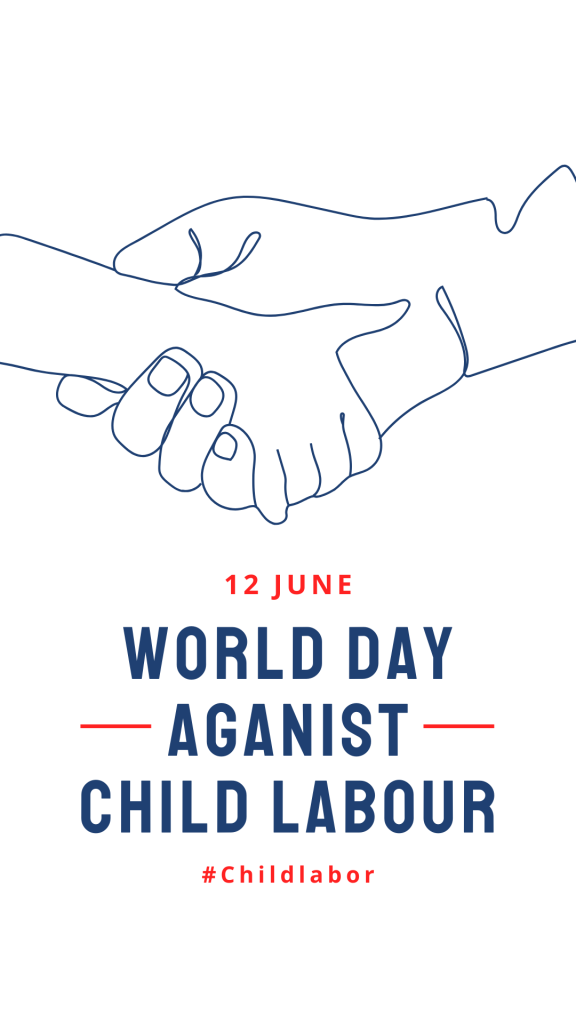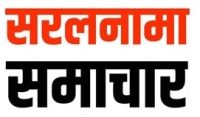World Day Against Child Labour 2024: Eradicating Exploitation and Ensuring a Better Future for Children
Child labour is a dark stain on our society. It forces children to work in hazardous or non-hazardous jobs, robbing them of education, playtime, and a healthy childhood. From agriculture and factories to domestic work, these young minds and bodies are exploited, hindering their physical and mental development. This practice reflects our failure to create a nurturing environment where every child can grow and thrive.

Childhood Lost:
A staggering 10.2 million Indian children, according to the Child Labour project and 2011 census, are forced into child labour. This harsh reality robs them of their childhood, with 4.5 million girls disproportionately affected.
The Growing Problem:
Traditionally, children might have helped with light farm work alongside their families. However, the rise of industries and rapid urbanization has fueled a dangerous transformation of child labour. Today, children are pushed into unsuitable, often hazardous work at a young age. Their small stature and nimble fingers make them prime targets for exploitation in garment factories, leather production, jewelry making, and even the silk industry.
Factors Contributing to Child Labour:
Several factors contribute to the rise of child labour:
1. Poverty:Poverty is a vicious trap that perpetuates child labour. In struggling families, children are often seen as extra income, leading some to have more children. These children then grow up with the expectation to contribute financially, trapping them in a cycle of work that hinders their education and future prospects.
2. Illiteracy:Poverty isn’t the only culprit. Illiteracy among parents can be equally devastating. Without education, they might see schooling as a luxury, neglecting the long-term benefits. These children, forced into child labour, endure harsh realities – unhygienic conditions, grueling hours, and even abuse. This not only hinders their cognitive development but also inflicts deep emotional and physical scars.
3. Unethical Employers:Children are easy targets for unscrupulous employers. Their small stature and perceived docility make them ideal candidates to extract more work for less pay. The most horrific form, bonded child labour, enslaves children to repay family debts. This system often fuels child trafficking, forcing impoverished children from rural areas into brutal realities: toiling as domestic servants or begging on the streets.
The Role of the Government:
Eradicating child labour demands a multi-pronged approach.
-
Attacking the Root Cause: Addressing poverty, the fuel behind child labour, requires providing basic necessities to underprivileged communities and promoting fairer wealth distribution. Government initiatives and NGO support can create more employment opportunities and vocational training for parents, empowering them to secure stable jobs or become self-sufficient.
-
Education is Key: Governments and NGOs must collaborate to raise awareness about child labour’s harmful effects. Free and quality education for all children aged 6-14 should be a priority. Incentives can encourage parents to prioritize education over work for their children. Educated citizens can also play a vital role by spreading awareness and demanding action.
-
Expanding Opportunities: Schools, colleges, workplaces, and institutions can open their doors to children of their staff by offering free or subsidized education. This creates a ripple effect, breaking the cycle of poverty and child labour.
Promoting Family Planning:
Empowering impoverished communities with knowledge of family planning is a vital step in ending child labour. NGOs and government agencies can play a crucial role by educating families on these methods. This can help alleviate the financial strain of raising a large family and ultimately contribute to breaking the vicious cycle of child labour.
Child Labour is a Crime:
Raising awareness about family planning is a vital tool in the fight against child labour. By partnering with NGOs, the government can educate impoverished communities about family planning methods. This empowers families to make informed choices about their family size, alleviating the financial strain of raising many children. With fewer mouths to feed, families are better equipped to prioritize education for their children, ultimately breaking the cycle of child labour.
Eradicating Child Labour:
Eradicating child labour demands a united front from every corner of society. While government policies and enforcement are crucial, they need strong support from other sectors.
-
NGOs and Citizen Action: Well-funded NGOs, empowered by concerned citizens, can act as watchdogs. They can ensure strict enforcement of child labour laws, expose corruption, and advocate for stronger policies.
-
Education is Liberation: Education drives and workshops aimed at underprivileged communities hold immense power. By raising awareness among parents about the long-term benefits of education and the detrimental effects of child labour on a child’s physical and mental health, these programs can shift mindsets.
-
Government Incentives: Government initiatives can play a pivotal role by offering nutritious meals and scholarships to incentivize school attendance.
-
Family Planning: Education about family planning methods should be readily available to empower families to make informed choices about their family size.
-
Quality of Life, Not Quantity: Government policies can encourage smaller families by offering incentives to couples with one or two children. This allows them to focus on providing proper nourishment, education, and a better overall life for their offspring.
By working together – government, NGOs, empowered citizens, and educated families – we can break the cycle of poverty that fuels child labour and create a brighter future for every child.
Government Policies:
India takes a multi-pronged approach to protect children with a strong legal framework. Here are some key laws:
- Combating Child Labour: The Child and Adolescent Labour Act (1986) and others like the Factories Act (1948) and Mines Act (1952) work together to ban child labour in hazardous occupations for those under 14. These laws also regulate working conditions for children in permissible jobs, ensuring a focus on health and safety.
- Eradicating Bonded Labour: The Bonded Labour System Abolition Act (2000) specifically targets the horrific practice of bonded child labour, ensuring its complete eradication.
- Education is Key: The Right of Children to Free and Compulsory Education Act (2009) guarantees free and compulsory education for all children between the ages of 6 and 14. This empowers children through knowledge and helps break the cycle of poverty that fuels child labour.
These laws are crucial steps, but continued vigilance and enforcement are essential to ensure a safe and prosperous future for every Indian child.
